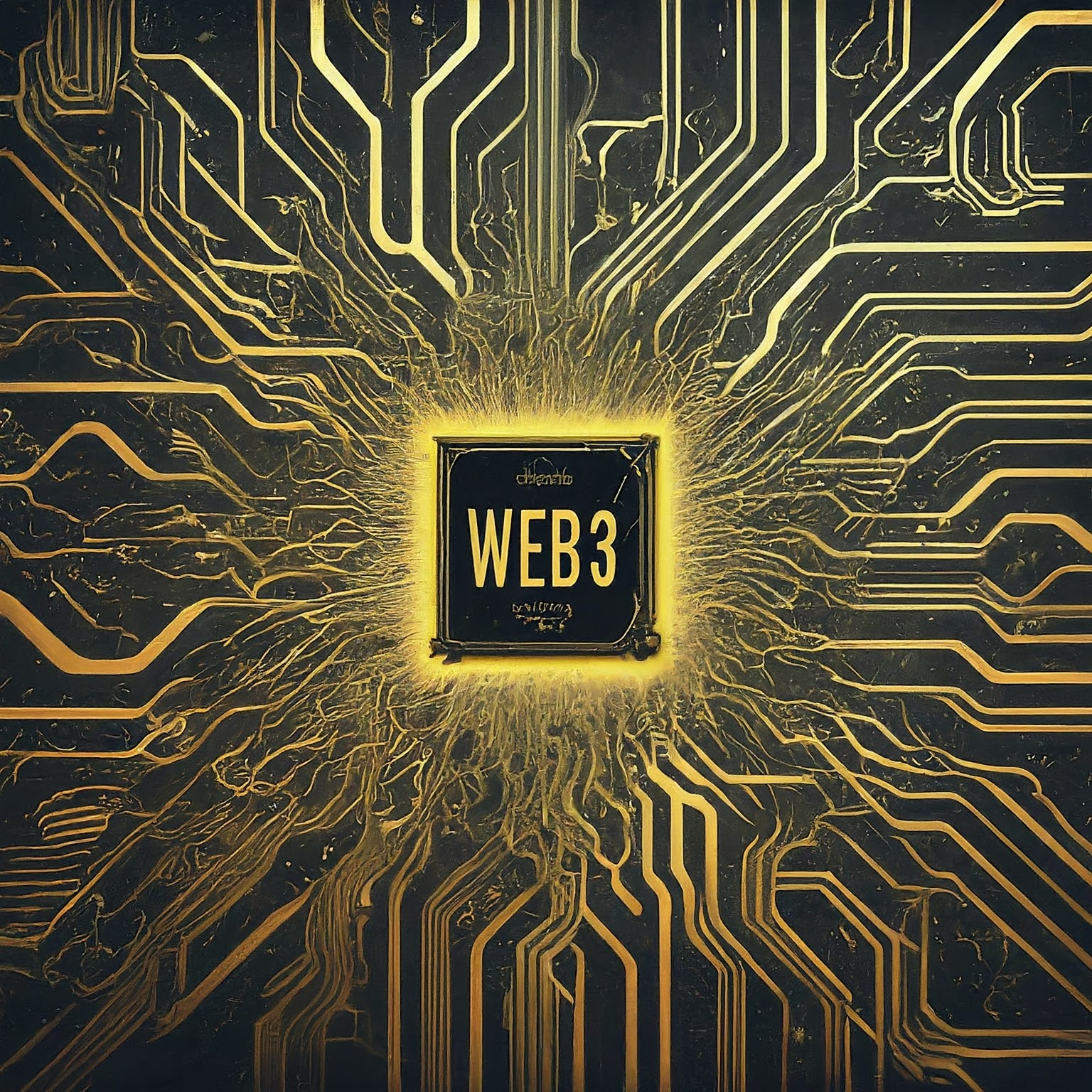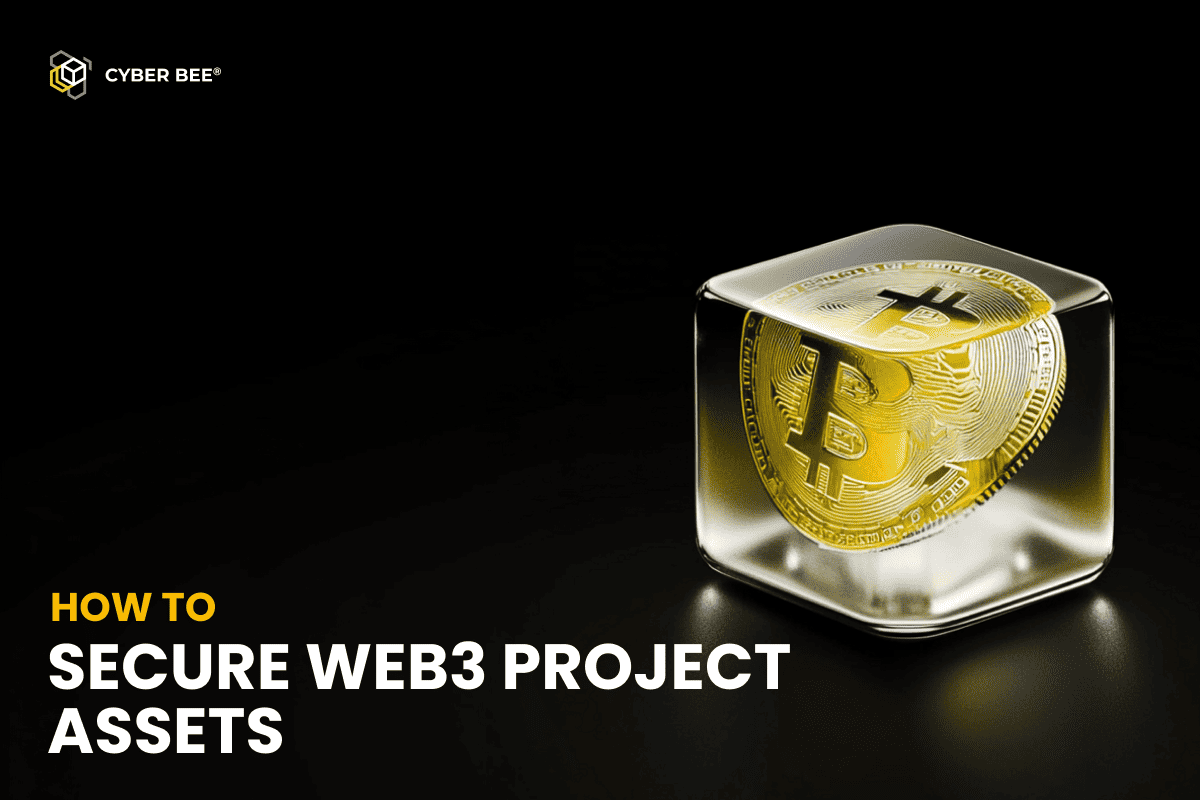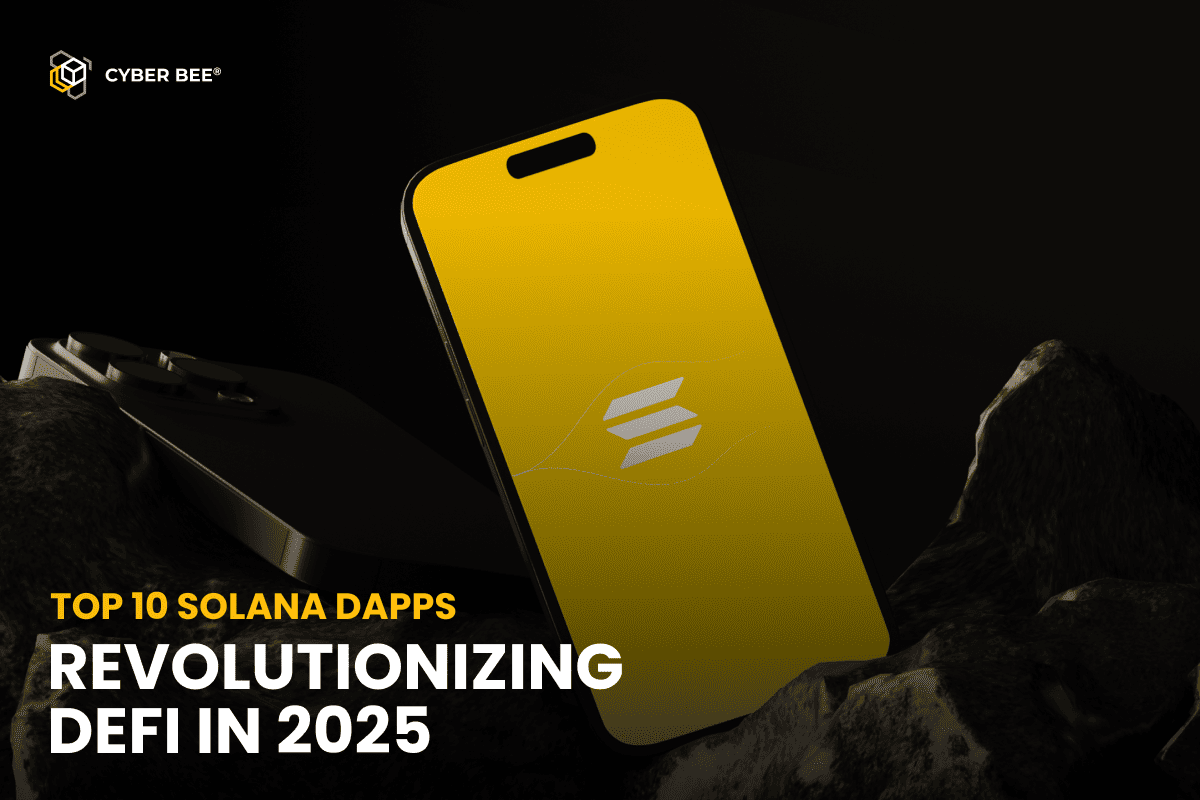The internet, once a revolutionary tool for communication and information sharing, has become an ever-evolving landscape. We’ve witnessed the rise and fall of trends, the dominance of centralized infrastructure, and the ongoing efforts to give individuals more choices about how their data is collected and used. Now, on the horizon, a new concept is emerging: Web3.
The internet we use today, often referred to as Web 2.0, relies heavily on keywords and basic categorization for information retrieval. This approach can sometimes lead to challenges in accurately understanding the context and meaning of information online. The Semantic Web, an initiative to create a web of data with machine-readable meaning, influenced the development of some Web3 concepts.
Web3, the next potential iteration of the web, aims to address these limitations and introduce a more decentralized, user-empowered online experience. This potential paradigm shift could fundamentally reshape how we access information, engage with communities, and even own digital assets. This blog post dives deep into the core principles of Web 3.0, explores its potential impact on everyday users, and delves into the technology powering this exciting revolution.
Web3: What Does It Mean for Everyday Internet Users?

The current internet, often referred to as Web 2.0, is dominated by centralized networks like Facebook, Google, and YouTube. These companies act as gatekeepers, controlling your data, dictating how you experience the web, and profiting from your activity. Web 3.0 promises a significant shift, empowering everyday internet users with greater data ownership and increased agency in their web experiences.
Here’s a breakdown of how Web 3.0 could impact you as an internet user:
- Owning Your Data: In Web 2.0, your data (search history, social media activity, etc.) belongs to the environments you use. Decentralized web aims to give you ownership of your data. This means you could decide who can access it, how it’s used, and potentially even benefit financially from it.
- Greater Transparency: Web 3.0 applications are often built on blockchain technology, which provides a public, transparent record of transactions. This could mean more transparency in areas like online advertising and content moderation, allowing you to see how decisions are made and potentially hold platforms accountable.
- New Economic Opportunities: Web 3.0 opens doors to new ways to interact with the digital economy. Imagine earning rewards for contributing to communities or owning digital assets that hold value, like non-fungible tokens (NFTs) representing artwork or in-game items. The Semantic Web, an initiative to create a web of data with machine-readable meaning, influenced the development of some Web 3.0 concepts. While Web3 isn’t strictly reliant on Semantic Web technologies, the focus on structured data and interoperability aligns with the vision of a more intelligent web. This could potentially lead to even more innovative economic opportunities in the future, such as smarter marketplaces or data-driven reward systems.

- Decentralized Applications (dApps): Unlike Web 1.0 or Web 2.0, Web 3.0 allows for the development of decentralized apps, which are applications built on decentralized networks. These dApps wouldn’t be controlled by any single entity, potentially leading to more innovation, competition, and user-friendly experiences. Many dApps might still utilize web pages as user interfaces, offering a familiar way to interact with the underlying decentralized apps. This can make them more accessible to users accustomed to traditional web applications.
- Shifting the Paradigm: Big tech companies currently wield significant influence over our data and online interactions. Web3, built on decentralization and collaborative governance structures like a Decentralized Autonomous Organization (DAOs), aims to reshape this dynamic. Instead of top-down control by a single entity, DAOs empower communities to collaboratively define the rules and future direction of Web3 services they participate in.
While Web 3.0 is still under development, it holds the potential to fundamentally change how we interact with the internet. Whether it lives up to its promises or remains a niche concept remains to be seen, but it’s worth keeping an eye on as it evolves.
Key Features of Web3: A Decentralized Revolution
Web3 introduces a new set of features that fundamentally change how the internet operates, placing more power and control in the hands of everyday users. Let’s delve into some of Web3’s core ideas.

Decentralization
This is the cornerstone of Web3. Unlike the current Web 2.0, dominated by centralized social media giants, Web3 applications run on a peer-to-peer network. Imagine a network where data and applications aren’t controlled by a single entity, but rather distributed across a vast network of computers. This eliminates single points of failure and censorship, potentially leading to a more robust and democratic internet.
- Benefits: Increased user control, censorship resistance, improved network uptime.
- Challenges: Scalability, potential for slower transaction speeds compared to centralized systems.
Digital Assets Ownership
In Web 2.0, the content you create and the data you generate often belong to the platforms you use. Web3 empowers users by enabling them to own their digital assets. This could include things like cryptocurrencies, non-fungible tokens (NFTs) representing unique digital items, or even in-game assets. Owning your digital assets means you have greater control over them, and potentially the ability to benefit financially from their value.
- Benefits: User empowerment, potential for new revenue streams, ability to control how your data is used.
- Challenges: Ensuring security of digital assets, potential for scams and market volatility.
Token-based Economics
Web3 applications often utilize tokens to incentivize participation and govern interactions. These tokens can be used for various purposes, such as rewarding users for contributing to digital communities, voting on governance proposals within decentralized projects (Decentralized Autonomous Organizations – DAOs), or accessing exclusive features within applications. This token-based economics creates a new way for users to interact with the digital economy and potentially earn value from their online activity.
- Benefits: Increased user engagement, fairer distribution of value within digital communities, new economic opportunities.
- Challenges: Potential for manipulation and speculation, complexity for new users, regulatory uncertainty.
By combining these key features, Web3 aims to create a more user-centric internet experience. Users have more control over their data, can potentially benefit from their online activity, and participate in a more democratic online environment.
Decentralized Internet in Action: Exploring Examples of Web3

The concepts of decentralization, digital asset ownership, and token-based economics come to life in various applications within Web3. Let’s explore some real-world examples that showcase the potential of this new internet paradigm.
Decentralized Finance (DeFi): Banking Without the Gatekeepers
A core principle of Web3 is decentralization, and Decentralized Finance (DeFi) is a prime example of this in action. Imagine a financial system where you have more control over your money and can access financial services directly, without relying on traditional banks or intermediaries. DeFi platforms leverage blockchain technology to enable peer-to-peer financial services like borrowing, lending, and trading.
Benefits of DeFi:
- Accessibility: DeFi opens financial services to a wider audience, potentially reaching those who are unbanked or underbanked by traditional institutions.
- Transparency: Transactions on DeFi platforms are typically recorded on a public blockchain, promoting transparency and trust.
- Potential for Higher Returns: DeFi protocols can offer users competitive interest rates on their crypto assets compared to traditional savings accounts.
- Control Over Your Assets: In DeFi, you hold your own crypto assets, not a bank. This gives you greater control over how your money is used.
Challenges of DeFi:
- Complexity: DeFi can be complex for newcomers to navigate, requiring some understanding of blockchain technology and cryptocurrency.
- Volatility: The value of crypto assets can fluctuate significantly, potentially leading to financial losses.
- Security Risks: DeFi platforms can be vulnerable to hacks and scams. Users need to be cautious and conduct thorough research before using any DeFi protocol.
DeFi offers a glimpse into a future where finance is more open, accessible, and user-controlled. However, it’s important to be aware of the challenges and risks involved before participating in this emerging ecosystem.
Decentralized Autonomous Organizations (DAOs): Community Power in Action

DAOs are essentially community-run organizations without a central authority. They operate through smart contracts, which are self-executing code stored on a blockchain. These smart contracts define the rules and governance structure of the DAO, allowing members to vote on proposals and collectively manage the organization’s treasury. DAOs offer a novel way to organize communities and collaborate on projects.
A Real-World Example: Uniswap DAO
Let’s take a closer look at a prominent example: Uniswap DAO. Uniswap is a leading decentralized exchange protocol built on the Ethereum blockchain. The Uniswap DAO governs the platform, allowing its token holders (UNI) to vote on critical decisions such as fee structures, new feature integrations, and partnerships. This empowers the Uniswap community to collectively shape the future of the protocol, fostering a sense of ownership and shared purpose.
DAOs offer a glimpse into a future where digital communities can self-organize and collaborate on a global scale. They hold immense potential for various sectors, from funding artistic endeavors to managing investment portfolios.
Web3 and the Metaverse: A Decentralized Leap into Virtual Worlds

Web3 is fundamentally changing how we interact online, and the rise of Metaverse platforms exemplifies this shift. Imagine a richly detailed virtual world built on Web3 principles, where you can:
- Transcend Gaming: The Metaverse offers a universe beyond just games. Attend virtual concerts or conferences, catch up with friends from anywhere in the world, or explore virtual museums – all within this immersive online environment.
- Own Your Virtual Experience: Web3 empowers users with digital asset ownership. In the Metaverse, this could translate to owning virtual land, building your dream home or marketplace, and participating in a thriving decentralized economy. You can buy, sell, and trade digital goods within the Metaverse, fostering a sense of ownership and investment in your virtual space.
- Decentralized Social Interactions: Unlike traditional online platforms controlled by central authorities, the Metaverse built on Web3 emphasizes decentralization. This means a more democratic and user-controlled experience, potentially fostering new forms of social interaction and digital communities.
Popular platforms like Decentraland and The Sandbox are already pioneering these concepts. The future holds immense potential for the Metaverse, extending far beyond entertainment. Imagine attending virtual classrooms, collaborating with colleagues in shared workspaces, or even revolutionizing how we work and learn – all within a decentralized virtual world. For a deeper dive into the financial aspects of Metaverse development, you can check out our guide: Demystifying Metaverse Development Costs: A Startup’s Guide to the Virtual Frontier.
These are just a few examples of how Web3 is transforming various sectors. From finance and governance to entertainment and social interaction, Web3 opens doors for a more decentralized and user-controlled internet experience. As the technology matures, we can expect even more innovative applications and use cases to emerge.
Web3 FAQs: Exploring Web3 Questions Answered

Is Web3 a Cryptocurrency?
No, while cryptocurrencies like Bitcoin play a role in Web3, it’s a broader concept encompassing decentralization, digital asset ownership, and new internet applications.
What Can You Do on Web3?
- Participate in DeFi applications: Lend, borrow, and earn interest on your crypto holdings.
- Engage in the digital economy: Buy, sell, and trade NFTs representing digital asset ownership, explore the Metaverse with its virtual assets.
- Join DAOs: Contribute to community-driven projects and participate in collective decision-making.
- Interact with decentralized social media platforms and online communities.
How to Get Started with Web3:
- Set up a digital wallet to store cryptocurrencies and interact with Web3 applications.
- Explore established DeFi platforms to learn about lending, borrowing, and earning interest on crypto holdings. (Important: Research reputable platforms before participating.)
- Join online communities to connect with Web3 enthusiasts and developers to learn more about the technology and its potential.
Technologies Supporting Web3:
- Blockchain: The foundation of Web3, providing a secure and transparent way to record transactions and store data.
- Smart Contracts: Self-executing code that automates agreements and facilitates trustless interactions on Web3.
- Decentralized Protocols (dApps): Applications built on top of blockchains that operate independently of any central authority.
Is Web3 ready for mainstream adoption?
Web3 promises a future built on decentralization, powered by peer-to-peer networks that distribute data and applications across a vast number of computers. While some Web3 applications are gaining traction, the technology is still under development. Challenges like scalability (accommodating a large user base on this peer-to-peer network) and user experience (making complex interfaces more user-friendly) need to be addressed before Web3 can achieve widespread adoption. However, developers are actively working on solutions to improve these aspects and unlock Web3’s full potential.
How can I use Web3 in my daily life?
You can explore DeFi platforms for managing your crypto assets, participate in DAOs to contribute to community-driven projects, or interact with the Metaverse for entertainment and social experiences.
What are the risks of using Web3?
Web3 involves new technologies and concepts. Be aware of potential scams, market volatility associated with cryptocurrencies, the complexity of the technology for new users, and the evolving regulatory landscape surrounding cryptocurrencies.
Isn’t all activity on the blockchain public? How can users control their customer data in Web3?
Yes, blockchain transactions are publicly viewable, which can raise concerns about customer data privacy in Web 3.0. However, Web 3.0 offers several features to help users control their data:
- Zero-Knowledge Proofs (ZKPs): While transactions might be recorded on the blockchain, ZKPs allow users to prove they possess certain information (like ownership of an asset) without revealing the underlying personal data itself.
- Privacy-focused Blockchains: Blockchains like Zcash and Monero offer built-in features that obscure transaction details, making it difficult to link specific transactions to individual users.
- Decentralized Storage: Unlike Web 1.0 or Web 2.0 platforms that often store personal data centrally, Web 3.0 can leverage decentralized storage solutions like IPFS. This gives users more control over who can access and retrieve their data.
- Self-Sovereign Identity (SSI): Web 3.0 allows users to manage their digital identities through SSI solutions. This eliminates reliance on centralized platforms for identity verification and potentially empowers users to control how their data is shared with different applications.
I have a great idea for a Web 3.0 application, but I don’t have the technical expertise to develop it. What are my options?
Your innovative Web3 idea needs development muscle. Here’s how to bridge the technical gap, aligning with your business strategy:
- Self-taught coder? Free online resources abound, but mastering blockchain development takes serious time. Consider this if long-term Web3 involvement aligns with your strategy.
- Freelance developers: Offer flexibility and specific skillsets, but managing them and ensuring project continuity can be tricky. Good for smaller projects with clear requirements.
- Web 3.0 development company: Partnering with a team like Cyber Bee provides expert guidance, secure development, and a strategic edge. We’ll help craft a business strategy for your Web3 app, considering tokenomics, user acquisition, and long-term success. This might have a higher upfront cost, but the benefits outweigh it for a well-defined strategy and a smooth development process.
Choose the path that best complements your technical expertise and business goals.
Conclusion: Web3 – A Paradigm Shift on the Horizon?

Web3 presents a vision for a fundamentally different internet, one built on decentralization, user empowerment, and ownership. It promises a more democratic online experience where users own data, participate in transparent governance, and unlock new economic opportunities. This future Web3 could encompass a wide range of applications, including those accessible through familiar web pages, but with a more user-centric and decentralized foundation.
However, Web3 is still in its early stages. Significant challenges need to be addressed before the emerging technology can reach its full potential. Scalability issues currently limit the ability of Web3 applications to handle large numbers of users. Security concerns around hacks and scams also require robust solutions. Additionally, improving user experience is crucial to make Web3 accessible and user-friendly for the mainstream.
Despite these challenges, Web3’s potential for innovation is undeniable. Whether it becomes the next dominant paradigm of the web or not, Web3 is likely to have a significant impact on the future of the internet. It’s a concept worth keeping an eye on, as it holds the potential to reshape how we interact with the digital world.
Taking the Leap into Web3 with Cyber Bee
While the road ahead for Web3 may have hurdles, there are companies like Cyber Bee actively working to bridge the gap between potential and reality. Cyber Bee, a leading blockchain development company, specializes in crafting customized Web3 solutions using cutting-edge blockchain and cryptography technologies. Our team of experienced developers has a proven track record of serving various industries, from real estate to fintech. We can help you turn your innovative Web3 idea into reality.
Benefits of partnering with Cyber Bee:
- Expertise: Our developers have in-depth knowledge of blockchain technologies and can navigate the complexities of Web3 development.
- Efficiency: We streamline the development process, saving you time and resources.
- Cost-effectiveness: We offer competitive rates and ensure your project stays within budget.



